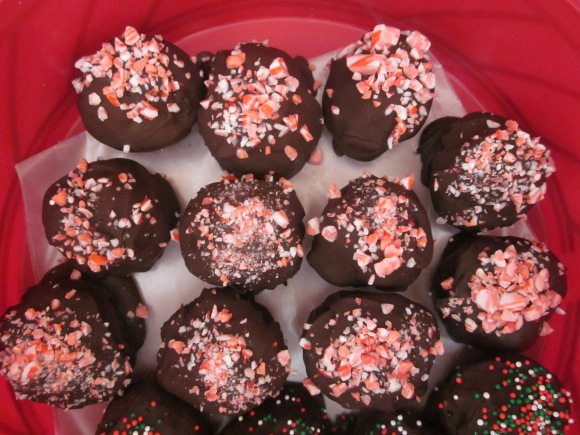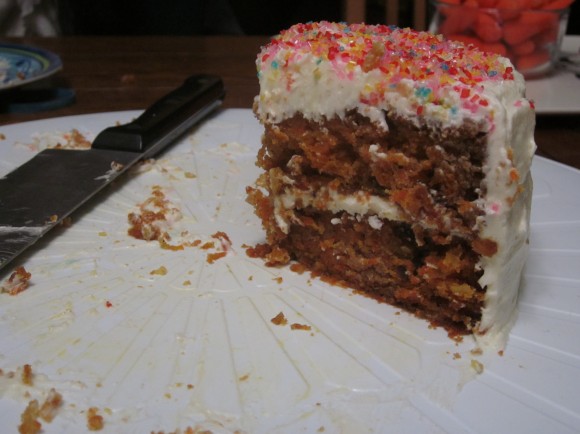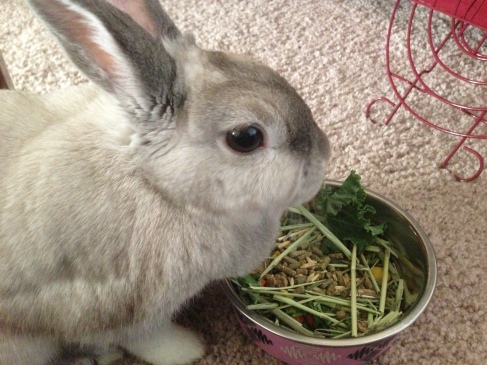
Herschel, a resident of Woodstock Farm Animal Sanctuary
Thanksgiving, despite its title and the purpose behind its occurrence, is just like Halloween, Valentine’s Day, Easter, and Christmas a commercial holiday. And like all holidays, it occurs every year, creating a need and demand for product. The difference is that the product Thanksgiving demands a need for is turkey, a typically kind hearted creature who, when given the space, can exude an extremely beautiful personality and character.
Most do not consider that a large number of turkeys need to be bred and raised to meet the demand of the millions of homes in the US who celebrate Thanksgiving. That one single day can produce a lot of turkey: numbers from 2011 show that at least 48 million turkeys were bred just for Thanksgiving. 48 million, a little less than the entire population of the country of England. That is a lot of little lives to exist for a single American holiday. And when you consider how much is possibly wasted, since most people believe that a Thanksgiving table is not complete without an entire 30 pound turkey, the numbers seem to seem that much more dramatic.
A lot has been said about the modern day farmed turkey, as well, but it constantly bears repeating. From birth, turkeys, despite being social creatures, are kept in separate small metal cages. Young turkeys, although they prefer to be close to their mother for the first five months of their life, are immediately taken and put in one of those separate cages. From that point, they also endure two acts called “de-snoodling” (cutting off the decorative red flesh that hangs from a turkey’s chin) and “de-beaking” (a hot blade cuts off the tip of a turkey’s beak, in order to prevent pecking in tight knit cages). These acts are always performed without anesthesia, despite the fact that these body parts contain sensitive nerves. An estimated 300 million turkeys go through this system in the US yearly.
In 1970, only around 100 million turkeys (with an average weight of 17 pounds) were raised by farms for US consumption. But turkey “products” became more in demand (especially as a “healthy” alternative to red meat), and the number of turkeys being bred and raised became higher. Worse, their average weight grew as well, from 17 pounds to a now average 28 pounds (this immediate obesity, so soon in their life, leads to a short life of lameness, skeletal problems, and heart problems. This weight also makes it impossible for the turkeys to naturally breed with one another). Producers expect these animals to have more weight (meat) on their bones in a shorter amount of time, for quicker profit and consumption: most turkeys gain this weight and are then slaughtered for product between the ages of 4 to 6 months. Short, breathless lives in small cages, with no sight of green grass or affection towards another of their kind.
Just recently, in October, Mercy For Animals, not a year after releasing a similar video, unleashed another undercover video illustrating the abusive behavior of Butterball employees towards turkeys. You can find more here (forewarning, the video, which is graphic, immediately starts).
What is most frustrating about the release of this news is how you may see it reported by other news outlets, but there is very little said about the country’s behavior as a whole. We are upset at these kinds of abuses that occur to such unassuming and caring animals, but we would never give up the symbol of turkey on the table for Thanksgiving. The demand seems to always remain the same, especially for the arbitrary sake of “tradition.” Even as people turn to “free range” or “organic” farms, the need and market begins to grow as well. Nothing changes the fact that turkeys are not throwing themselves to be the center of a holiday table.
Fortunately, there are options open for those who wish to disengage from the industry. There are meat free options like Tofurkey, Gardein, Field Roast, and, in general, home-made options that are probably just as meaningful as a turkey. Locally, in New Jersey, places like Good Karma Cafe, Sweet Avenue Bakeshop, Veggie Heaven, and The Cinnamon Snail offer meat free/vegan options and catering. New York City, of course, also has such options at Candle Cafe, Blossom and other locations.
But why not do more than just merely consume?

Beatrice and Boone enjoying their own personal Thanksgiving at Woodstock Farm Animal Sanctuary in October
Within this post, if there is one thing I’d most like to stress, is that we should look towards giving thanks not by just consuming food, or products, or things that have been marketed to be desirable around this time a year. Following Hurricane Sandy, you can certainly help out your community by donating to a food bank so others may have a meal at all, or volunteer (you can find opportunities at the most basic level by checking out InterOccupy).
I also want to stress the need to help those turkeys who were able to escape their conditions. You can help by sponsoring or “adopting” a turkey through a local farm animal sanctuary. All farm animal sanctuaries run on donations and fund raising. You can help, and make it personal by helping a specific animal in need. It’s a wonderful way to help out a specific animal, and that way, when you visit, you can interact with them and even maybe bond!
Here are some animal sanctuaries within the New Jersey and New York area where you may choose to adopt:
Woodstock Farm Animal Sanctuary (Woodstock, NY): Pictured above is Beatrice and Boone, from the Thanksliving event in October. I sponsor Beatrice, who was rescued from a factory farm. She has very obvious scarring, including a clipped beak. You can learn about the farm’s turkeys here. You can sponsor a turkey for as little as $15 a month.
Safe Haven Farm Sanctuary (Poughquag, New York): Safe Haven Farm Sanctuary is a smaller scale sanctuary tucked neatly away in a small mountain in Poughquaq, New York, on the eastern side of the Hudson River. Here is a list of their residents. Sadie, Roslyn, Ducky and Emma are the resident turkeys, and they are all beautiful. When I first met Emma, I had a special connection with her. To sponsor an animal, you can e-mail them (safehavenfarmsanctuary@gmail.com) with your choice and arrange a payment option.

Here is Emma, the first turkey to ever steal my heart!
Catskill Animal Sanctuary (Saugerties, New York): You can sponsor one of the resident turkeys here for only $18 a month. You can help make their good life on this 100-acre land even better! Learn more here. May I add Saugerties is a lovely little town? You can visit your turkey, then do some holiday shopping at a local, non-chain store, to help a local business, as well!
Farm Sanctuary (Watkins Glen, NY): The OG animal sanctuary, Farm Sanctuary now also has locations on the West Coast, so you can choose to help sponsor no matter your location! They currently have an Adopt-A-Turkey project, so you can help make their program a success, and raise awareness about how much you really do care about turkeys.
For The Animals Sanctuary (Blairstown, NJ): For The Animals Sanctuary is a lovely little sanctuary in northwest New Jersey. They do not currently have any residents turkeys, but they are in dire need of emergency funds to help replenish funds used for sudden medical situations. Please visit their site here and see what you can do to help!
You can also check out the website Pardon A Turkey, by Mercy For Animals, which informs the general public about turkeys, and why it is meaningful to let them be, rather than use them for a meal.

Once you meet a turkey in peaceful bliss at one of these farms, it is hard to think that any harm would ever deliberately be done to them, and about how they are just one lucky escapee out of 300 million. Turkeys are full of vibrant life, love and look to live their natural lives the way we do. Beyond my own thankfulness of where I am today, and the health and prosperity of my family and friends, I see no other reason to take away happiness from any other thing. That is why we should give thanks to all living things, and give Thanksgiving to the turkeys, rather than take it from them.



















